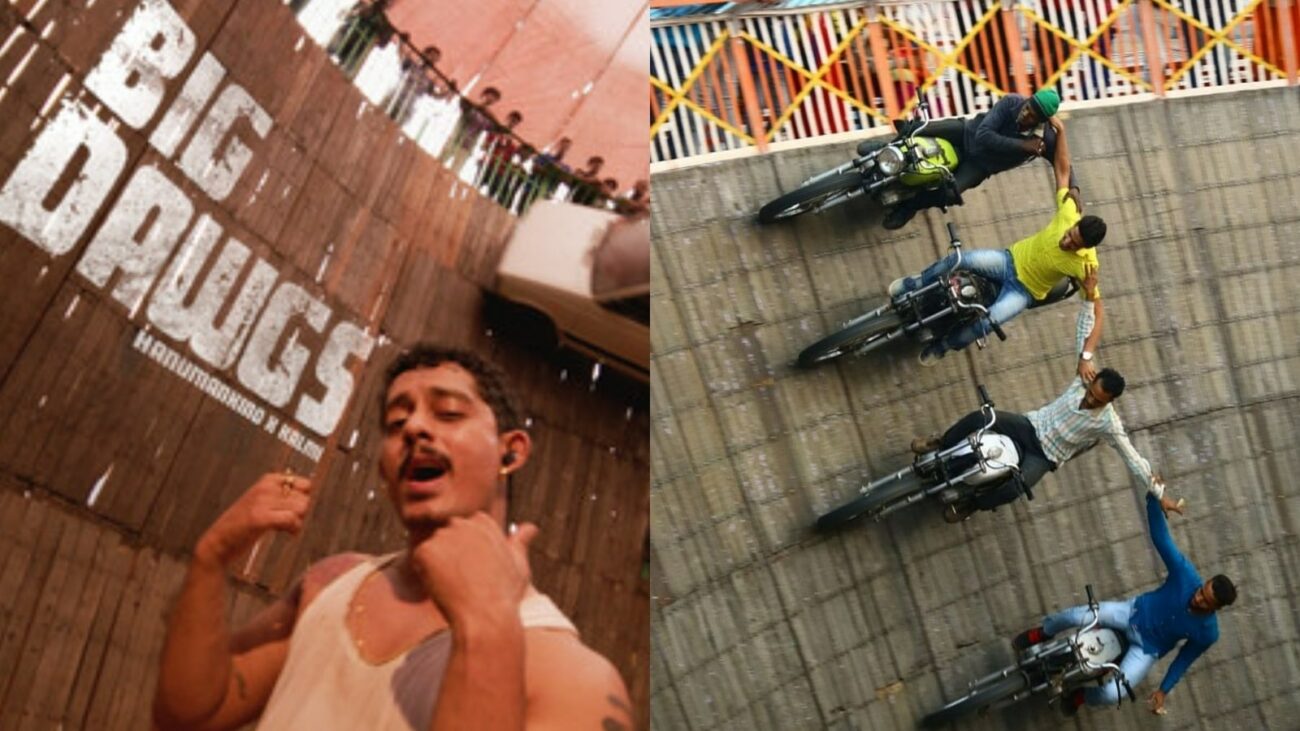The Thrill and Danger of India’s Maut ka Kuan: A Cultural Icon on the Brink of Extinction
Hanumankind’s “Big Dawgs” music video has thrust the iconic Maut ka Kuan, or Well of Death, into the global spotlight. This daring stunt arena, where motorcyclists and car drivers perform gravity-defying feats without helmets, has been a staple of Indian fairs and carnivals for decades.
The Well of Death originated in the West as the “motordrome” and has since found its home in rural India. Stuntmen spend years training under masters, honing their skills on handmade wooden cylinders that reach heights of 60 feet.
One of the most remarkable aspects of the Maut ka Kuan is the presence of female riders like Radha. Despite initial skepticism, she proved her mettle and became a crowd favorite. Her story highlights the courage and determination of these performers.
The adrenaline-pumping spectacle of the Well of Death has also inspired musicians. Django Django’s “WOR” music video captured the lives of riders at a carnival in Allahabad, exploring the psychological toll of risking their lives for entertainment.
However, the future of the Maut ka Kuan is uncertain. Many states have banned the sport due to safety concerns and declining interest. The lack of operational wells, inadequate safety regulations, and a dwindling audience are contributing to its demise.
Despite the availability of thrilling content on OTT platforms, there is still a niche audience that appreciates the live spectacle of the Well of Death. However, the number of performers and venues is dwindling, and it is only a matter of time before this cultural icon becomes extinct.






